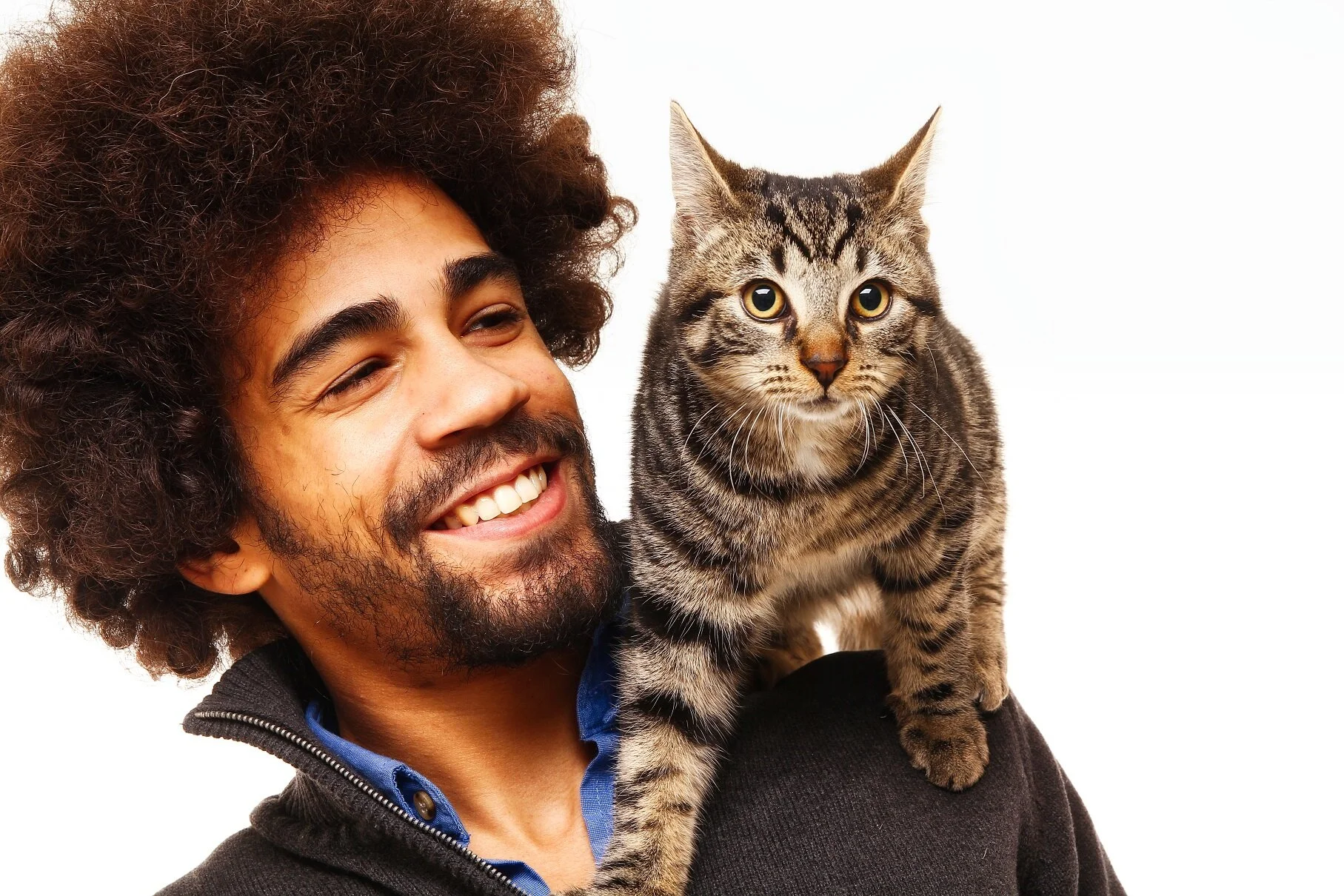By Melinda Jackson, RMIT University
During my first lecture to third-year psychology students, I noticed one of the students was asleep for the whole hour-long lecture. I immediately thought – is the lecture boring? Am I speaking in a monotone voice? Is the content uninteresting?
Image Credit: fizkes via Shutterstock / HDR tune by Universal-Sci
The following week, and every week for the rest of the semester, the same student was asleep every single lecture. Surely not every one of my lectures was that uninspiring that he couldn’t stay awake for just a few minutes?
It got me thinking – the lecture was at 9am – perhaps he is a night owl and mornings do not suit him. He may have been working late and did not get sufficient sleep the night before each lecture. Perhaps he has a medical condition or is using prescription medication that makes him drowsy.
The fact is, many factors contribute to us falling asleep unexpectedly, in inappropriate places, or even when we really don’t want to.
Factors that influence our alertness
We might feel drowsy during the day for a number of reasons, including prescription medication, eating a big meal, dehydration and medical conditions.
From a sleep science perspective, our alertness levels can be influenced by three factors: time awake, time of day, and time on task. The longer we stay awake, the higher our drive or propensity for sleep (making it easier to fall asleep) and the sleepier we feel. Once sleep is initiated, the propensity for sleep reduces the longer we are asleep.
Our alertness also waxes and wanes across the day and night, reflecting a circadian rhythm. Our lowest alertness level (the nadir) is around 4am, with a second drop in the early afternoon. Most of us have experienced that dozy feeling we get in the mid-afternoon, aptly referred to as the “post-lunch dip”.
This is a common time for a midday siesta (derived from the Latin hora sexta “sixth hour”) to take place. While there may be climatic and cultural reasons for this midday nap, there are also biological processes in play that make it easier to fall asleep at this time of day.
There can also be a time-on-task effect: the longer a person is engaged in a repetitive task the more mental fatigue accumulates. The same can be true over longer periods of time, for example, during a long work shift or lecture. Boredom can make the time-on-task effect worse. This may explain why if we are in a lecture or meeting that is not particularly stimulating, we may drift off.
Falling asleep in lectures – it’s not just boredom - Image Credit: wavebreakmedia via Shutterstock / HDR tune by Universal-Sci
In John Medina’s book “Brain Rules”, he says students' attention levels start to decline around ten minutes into a lecture. He recommends lecturers introduce variation every ten minutes, such as engaging the students by asking a question, or changing the delivery style. With enough stimulation, variety and motivation, we can usually overcome a certain level of sleepiness.
These factors are made worse if we didn’t get enough sleep at night. This could be due to environmental noise or light, stress, a newborn baby, or difficulty sleeping on hot summer nights.
While these different factors occur in healthy people, daytime sleepiness may also be a sign of an underlying sleep disorder. Sleep disorders such as obstructive sleep apnoea, hypersomnia (excessive sleepiness) and narcolepsy can cause significant daytime sleepiness, increase the risk of accidents and reduce productivity.
Brain mechanisms of sleep
What’s happening in our brain during the sleep-wake process is largely unknown. There are thought to be “wake-promoting” centres in the brain that use chemical messengers (“neurotransmitters”, such as serotonin) to stimulate the arousal centres of the brain.
A small cluster of cells in the brain (called the ventrolateral preoptic nucleus – VLPO) is thought to monitor the sleepiness levels of the brain, triggering sleep when these levels become excessive.
It does so by blocking the action of the wake-promoting brain regions, which induces sleepiness and promotes the state of sleep. This action can be described as a switch that gets stuck on either one of two states – wakefulness or wake inhibition.
This is why (at least in good sleepers) we don’t wake up soon after falling asleep. Our sleepiness needs to be almost completely dissipated before the VPLO will switch off and allow us to wake up. Nerve cells in the VLPO can die off as we age – this is thought to be part of the reason our sleep quality declines later in life.
Can we resist?
Recent studies using mathematical modelling have demonstrated that the neurotransmitter orexin may allow us to resist the actions of the VPLO. This explains how deliberate attempts to stay awake can overcome the natural tendency to fall asleep (we can sleep-deprive ourselves).
Some drugs, such as caffeine, bind to certain receptors that normally signal sleepiness, thus promoting alertness. However, the sleep-promoting processes are largely beyond our conscious control, so once sleep propensity is at its peak, resistance is futile.
There is ongoing debate as to whether we are good at telling when we are about to fall asleep. More researchers agree that we are generally poor at detecting when sleep is nearly upon us.
This has important safety implications for workplace and car accidents, for example. Driver sleepiness contributes to many road accidents each year. Examining early signs of sleepiness and methods to detect drowsiness to warn an individual they are unsafe to drive are ongoing areas of sleep research.
Most of us know when our sleepiness levels are at their highest during the day, or how we feel the next day after a bad night of sleep, so it’s a good idea to plan your day where possible to avoid doing important tasks at times when you are most sleepy.
Source: The Conversation



















